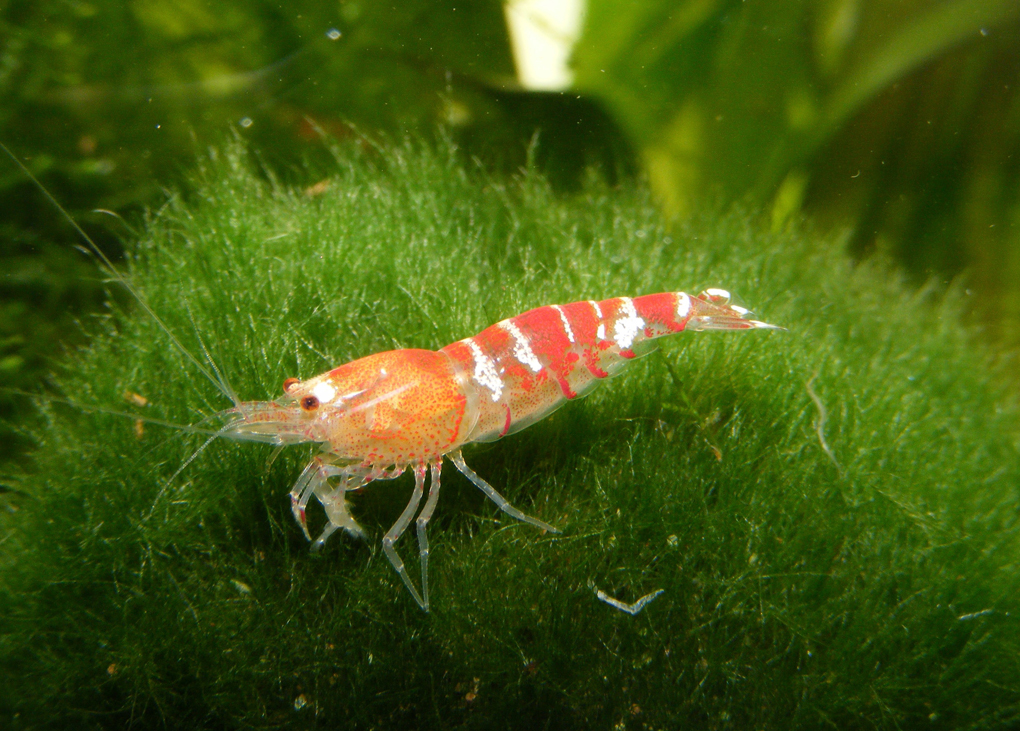Researchers from the University of Toronto have created a new, low-cost “optofluidic” system that could help buildings save energy by dynamically changing the appearance of their exteriors.
The research is inspired by marine life such as krill, shrimp and crabs. Master’s student in the Faculty of Applied Science & Engineering, Raphael Kay, compares the new technology to how aquatic life responds to its surroundings.
“They have a metabolism, in terms of inward and outward energy flow,” he says. “They must respond to changing environmental conditions to maintain a comfortable and well-functioning interior.
“I don’t think it’s stretching the analogy too much to see buildings as living organisms.”
Many animals can regulate their temperature through their skin, and the reasoning behind the research is that buildings also have a “skin” that consists of their external façades and windows. These façades are mostly static – that is, they don’t change.
As a result, buildings often let in too much heat or cold air and the heating and cooling systems work harder to moderate the temperatures within the building.
The researchers from the University of Toronto published a paper in Nature Communications that describes a paradigm to overcome these obstacles. Charlie Katrycz, a PhD student in mechanical engineering, developed prototype optofluidic cells consisting of a layer of mineral oil approximately one millimetre thick, sandwiched between two transparent sheets of plastic.
Through a tube connected to the centre of the cell, researchers can inject water containing a pigment or dye that creates a “bloom” of colour. A digital pump controls the shape of the bloom, while the size can be adjusted by the amount of water injected.
Professor Ben Hatton, who supervised the research, says the team was interested in how “confined fluids”, of green, sustainable chemistries, can be used to change material properties.
“Not only can we control the size and shape of the water in each cell, we can also tune the chemical or optical properties of the dye in the water,” he says.
The team worked with the John H. Daniels Faculty of Architecture, Landscape and Design to create computer models that simulated how an automated system using the cells would compare to one that used motorised blinds or electrochromic windows.
Kay says their system could reduce the energy required for heating, cooling and lighting by up to 30 per cent compared to other options.
The finer control over the solar shading is comparable to opening and closing hundreds of tiny blinds across a building façade.
The researchers are also experimenting with the artistic possibilities. The cells could act like pixels, and the team produced pointillist-style artworks in their models.
The hope is that the research will promote conversation about using dynamic façades to save energy.
“We’ve designed buildings to be inflexible,” says Hatton. “Dynamic, adaptive buildings could reduce the temperature and daylight gradients that we have to push against, and potentially save a lot of energy.”



Leave a Reply